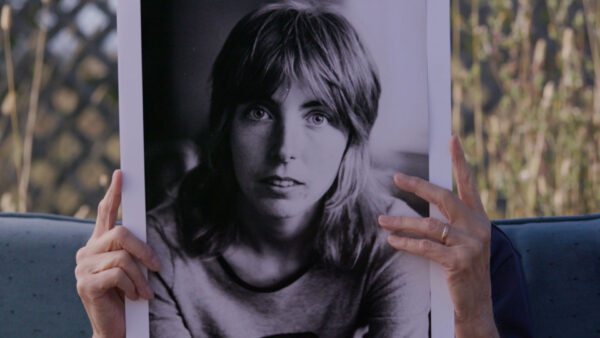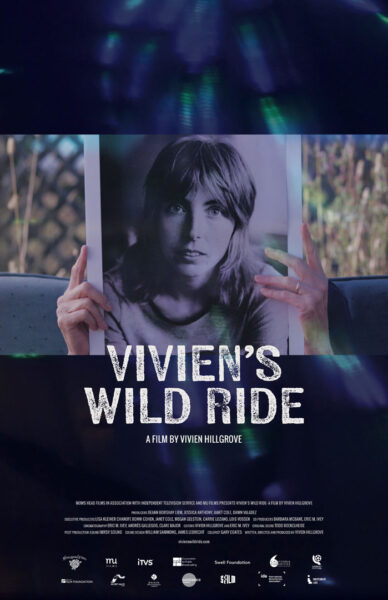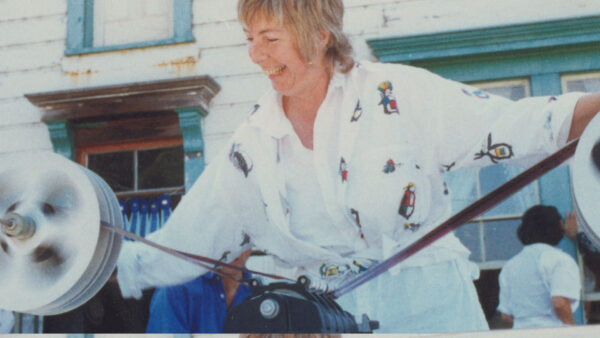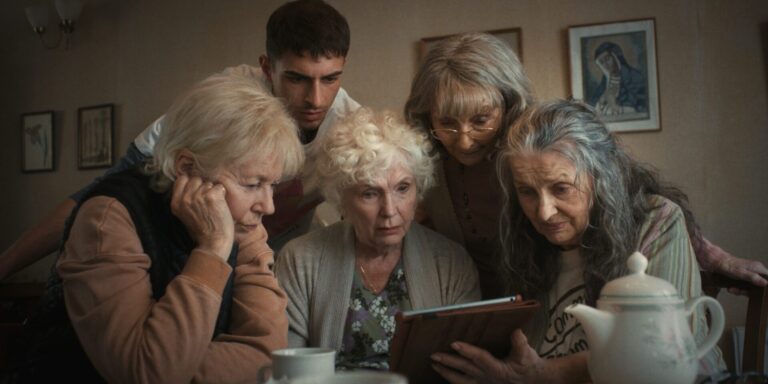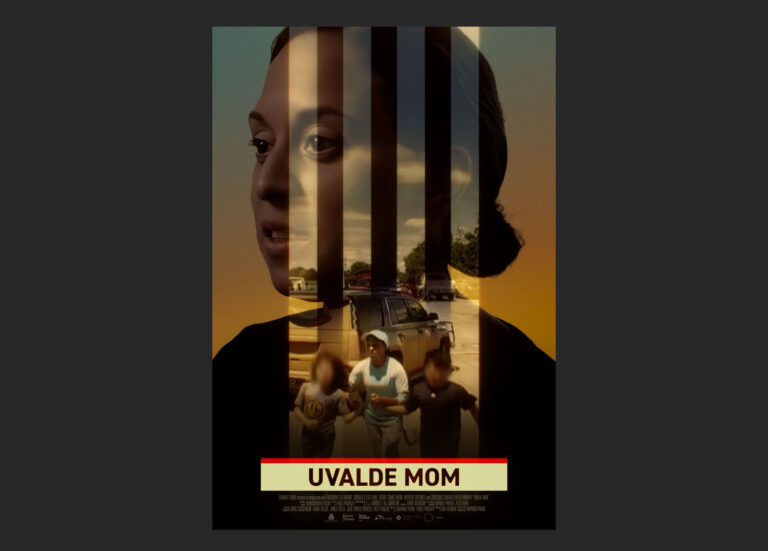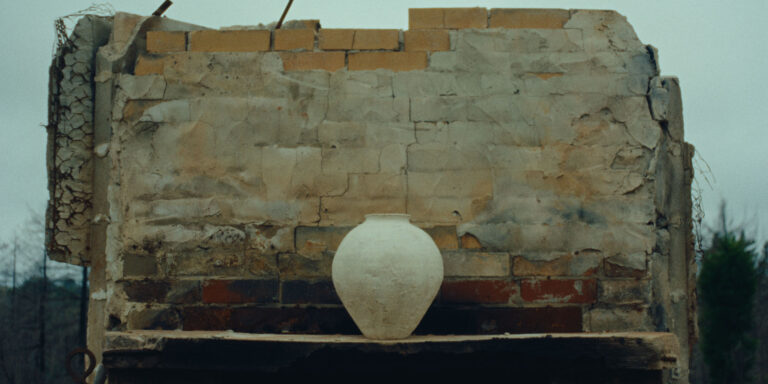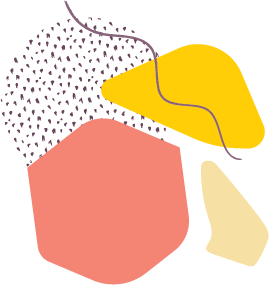After a dynamic, 50-year career working in film in the San Francisco Bay Area, editor Vivien Hillgrove finds she’s losing her sight to Macular Degeneration. Her failing vision triggers unsettling memories of an earlier traumatic loss. As a high-school teenager in the early 1960s, Vivien got pregnant and was sent to Booth Memorial Home for Unwed Mothers in Oakland. Sequestered with other young women, she lived under a cloud of social stigma and relinquished her infant daughter for adoption. The experience left her wounded by shame and bearing a secret she would keep for decades.
A few years later, Vivien finds herself at the front door of Maud’s Study, a lesbian bar in the Haight-Ashbury neighborhood. At Maud’s, Vivien discovers a different cadre of hidden women: they are unashamed, sassy, outspoken, and rebellious. With them, she begins to regain a sense of safety, strength, and connection. She also finds the path to a livelihood when she meets a young woman who asks if she’d like to run sound on her film. “Love to!” says Vivien. “What does ‘run sound’ mean?”
Vivien’s first job catapults her into a stream of work at Studio 16 in North Beach. “I learned everything they threw at me: editing, camera, mixing, neg cutting,” says Vivien. With her expanding skill set and a keen work ethic, she plunges into the burgeoning film scenes around North Beach. She works on experimental films, documentaries, and industrials, and even does a brief stint as an editor in San Francisco’s thriving porn industry.
A search for editing rooms takes her to Francis Coppola’s American Zoetrope studio. Here, she meets Walter Murch and director Phil Kaufman. From this point forward, the sky seems the limit. As a sound editor, she works on Amadeus, Blue Velvet, The Mosquito Coast, Never Cry Wolf, and The Right Stuff. As a picture editor, she works with Walter Murch and Phil Kaufman on The Unbearable Lightness of Being and Henry and June. Along the way, she discovers an unexpected treasure of Bay Area post-production: the unprecedented number of young women pouring into the industry, often through the same informal queer and feminist networks that opened doors for her. One woman captures her attention, a “woman with beautiful eyes — Karen.” For the first time, Vivien shares the secret of the daughter she relinquished. Together they craft a plan to search for her.
At the same time, Vivien is realizing that the rewards of life in the fast lane are wearing thin. She and Karen take a leap and buy a farm in Santa Rosa where they create a thriving herb-farming business. Viv begins working with documentarian Lourdes Portillo, along with other women directors on a long string of political, feminist, and often experimental documentaries.
When Karen brings home a yearbook picture, they realize she has found Viv’s daughter, Kathleen, and over many years they reinvent ideas of ‘family’ and build a new kind of mother/daughter bond.
Vivien’s Wild Ride is a documentary essay about how vision loss forced Vivien to confront past trauma and reinvent herself in her 70s. It is a personal story of loss and renewal, beginning in a home for unwed mothers in the era before Roe v Wade, and careening through San Francisco in the notorious 1960s, and through 50 years of Bay Area filmmaking. As the film travels forward and backward in time, audiences are invited to expand their understanding of what it means to “see” and how belonging is claimed through acts of creation, connection, and caring — not just biology.
